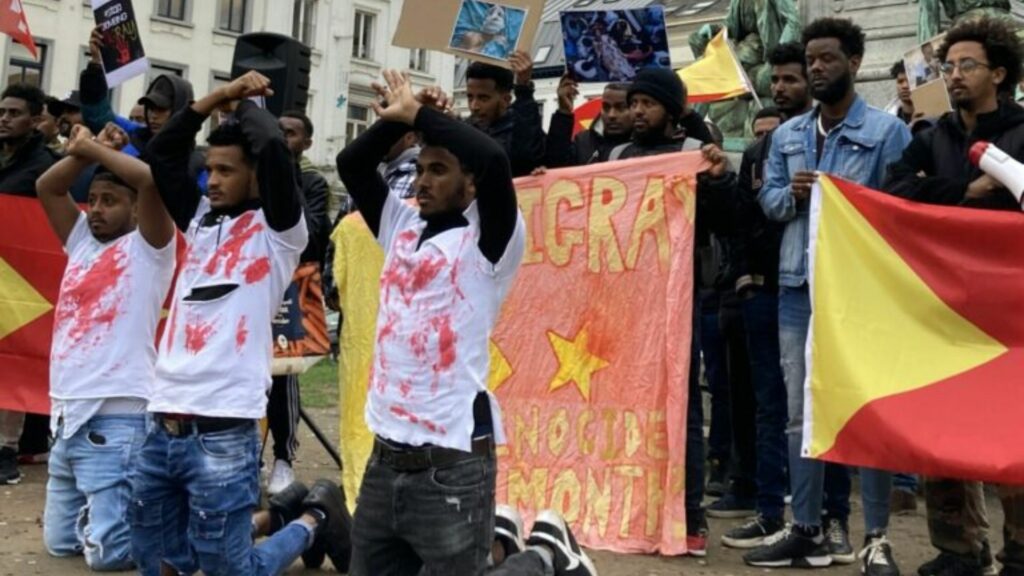Three months have passed since the Pretoria peace treaty was signed by the Ethiopian Federal Government and forces led by the Tigray People's Liberation Front (TPLF). But while some aid to the Northern region of Ethiopia has reached areas that were previously inaccessible, the need remains urgent.
The war between the Ethiopian government (and its allies from the Amhara region and Eritrea) and the TPLF broke out in November 2020. It has cost the lives of hundreds of thousands and has displaced millions.
The peace treaty secured a "permanent cessation of hostilities" and at the time was a beacon of hope to civilians. But although aid to the affected northern region of Tigray has increased, it is still far from enough for the desperate need.
Constricted aid
The latest Situation Report from the UN aid coordination office OCHA stated that between 12 and 18 January, around 400,000 people received food assistance in Tigray.
What aid does reach the region is limited by roads that are blocked by opposing forces. Eritrea, which was notably absent during the peace talks, still has forces in Tigray which reportedly continue to commit atrocities on civilians. Their presence has changed little since November.
Water and electricity have been restored, but only in the capital and a few other major towns. Education is still halted and the over 200,000 federal employees in Tigray are still awaiting their salaries, two years late. Only two banks are running in the region with a €30 (2000 Birr) weekly withdrawal limit.
Related News
- Tigray at two years: The world's deadliest war
- Tigray conflict: WHO chief warns of genocide
- Tigray capital restores electricity after more than a year of darkness
Millions of internally displaced persons (IDPs) are still in camps. Diseases are also rampant, with the International Committee of the Red Cross highlighting the destroyed hospitals and looting of ambulances as a major obstacle to the region's recovery. Video footage shows hospital walls riddled with bullet holes.
"We are only managing to give what we have in our hearts. But that's not enough, because seeing patients who come to be treated die in your hands is very painful," hospital chief executive Dr. Erdey Asefa lamented.

